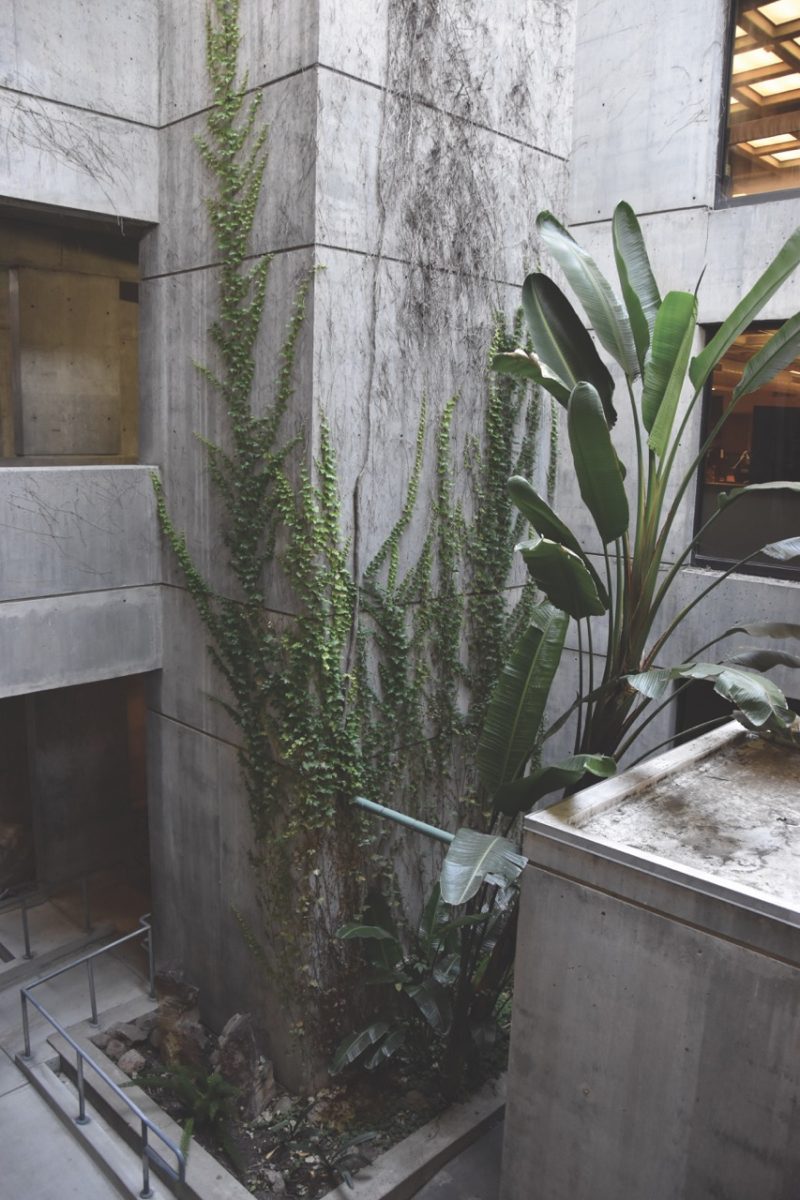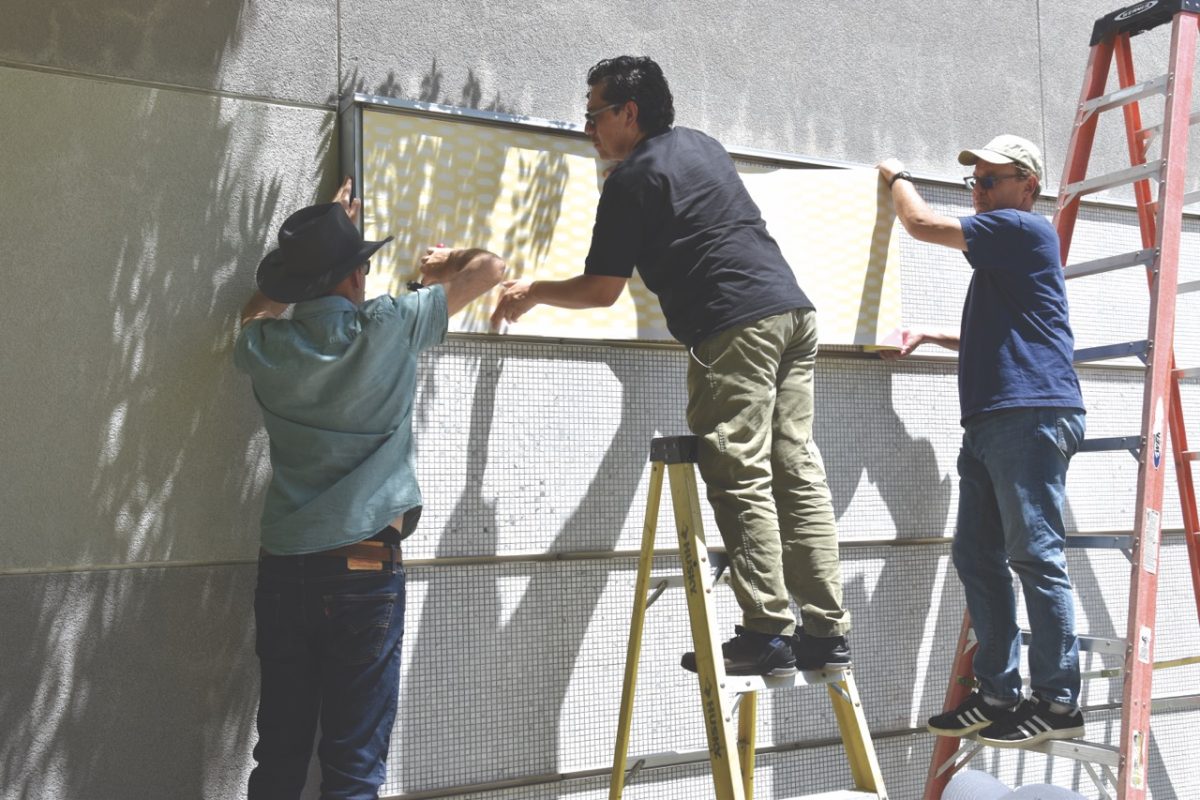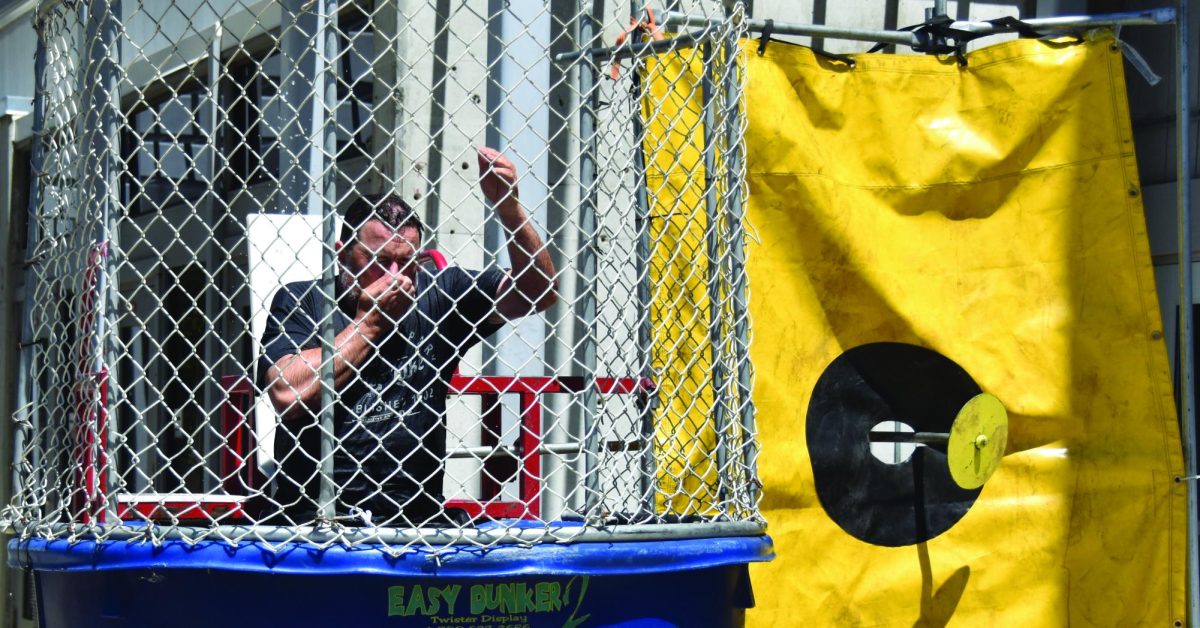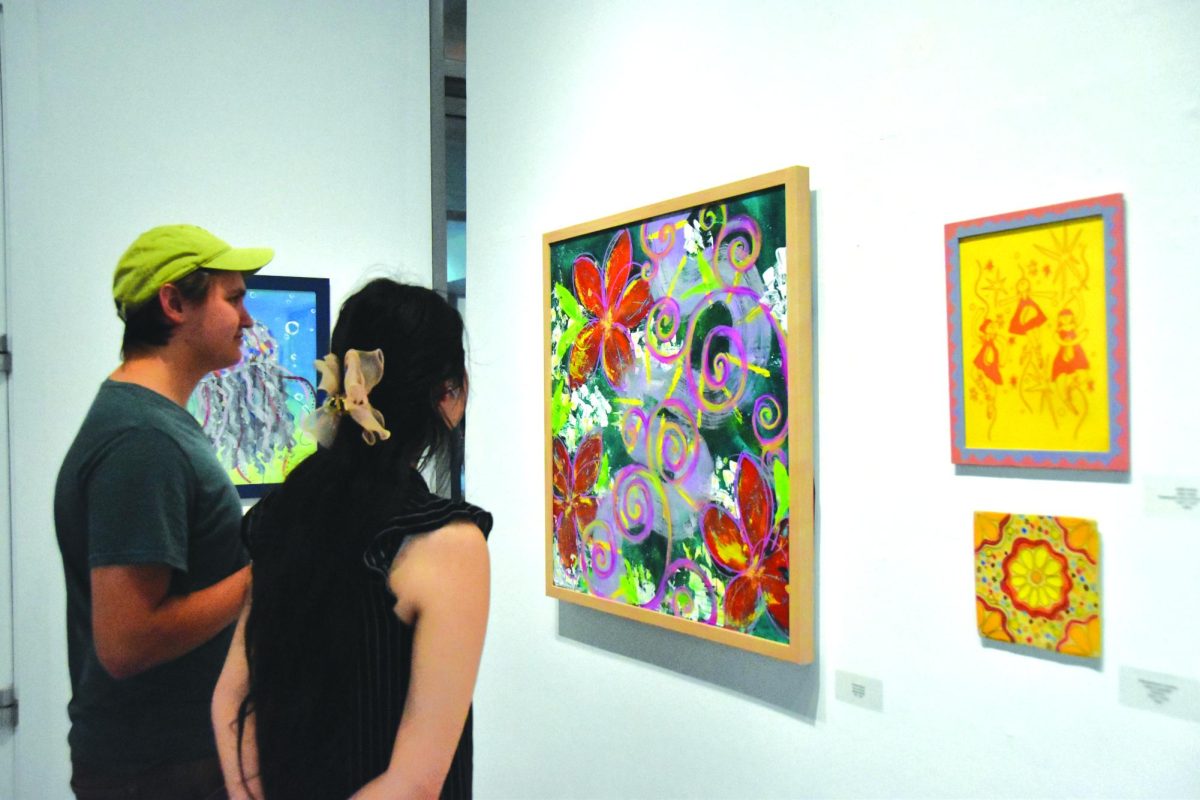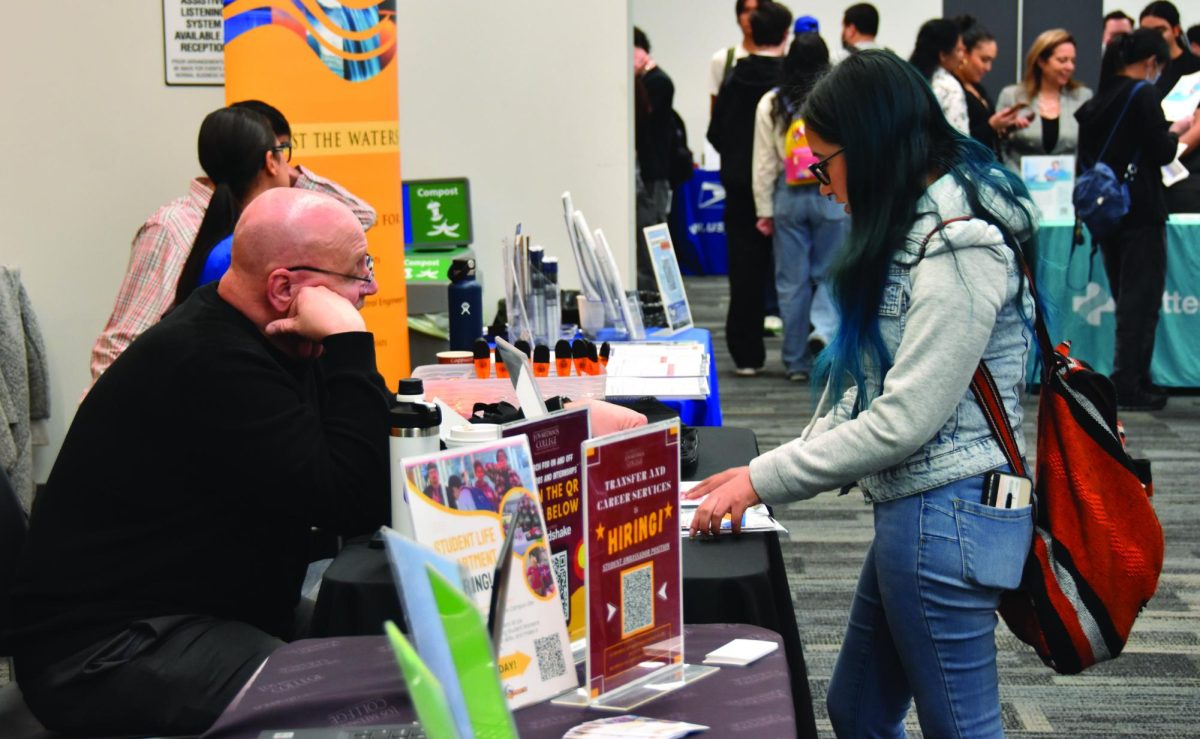Picture an ivy-covered tower. For many years the central area in LMC’s college complex had luscious green vines of ivy enveloping it. After decades of growth, they vanished and dead vines now hug the walls. Many students and staff are disappointed with the loss of plant life in the concrete structure.
“The vines were pretty and gave life to the campus,” said student Damian Camacho. “Now that they’re gone the common core building feels bland and dull.”
The general consensus is that the ivy added character to the campus and the vines were easy on the eyes.
“It looked so aesthetically pleasing since everything else is gray,” said student Emmanuel Cuevas Cortez.
Professor Martha Berthelsen, who teaches ecology, said plant life has benefits but can also cause problems.
“I see more greenery on campus being a good thing. They take in carbon dioxide, provide oxygen and scientific studies show they can be good for mental health,” She said.
She also expressed concerns that roots may potentially degrade the concrete or damage other parts of the building and discussed a potential alternative to the vines growing on the campus.
A green wall is a structure that is built intentionally covered in vegetation. Berthelsen explained that a green wall on campus could potentially bring back the benefits of the vines without any of the potential drawbacks.
What happened to the vines? According to Jarrod Holcombe, director of Maintenance and Operations, there were several reasons why they were cut.
“Despite their aesthetic appeal, the vines growing on the Core building of the complex were causing significant structural damage. They were infiltrating the roofing system, leading to roof and gutter failures, and also encroaching on the electrical infrastructure, particularly the elevator system,” he said, adding that they posed serious safety risks due to potential electrical fires and entrapment hazards.
Following an assessment by experts, he said the previous maintenance director determined that the best course of action was to remove the vines.”
While some character of the building has been lost by the removal of the ivy, it was a safety issue. Since they have recently begun growing back, students and faculty may have a chance to see them, however, it’s unlikely to last as “once it becomes an issue, we will look at removing them again,” Holcombe said.

